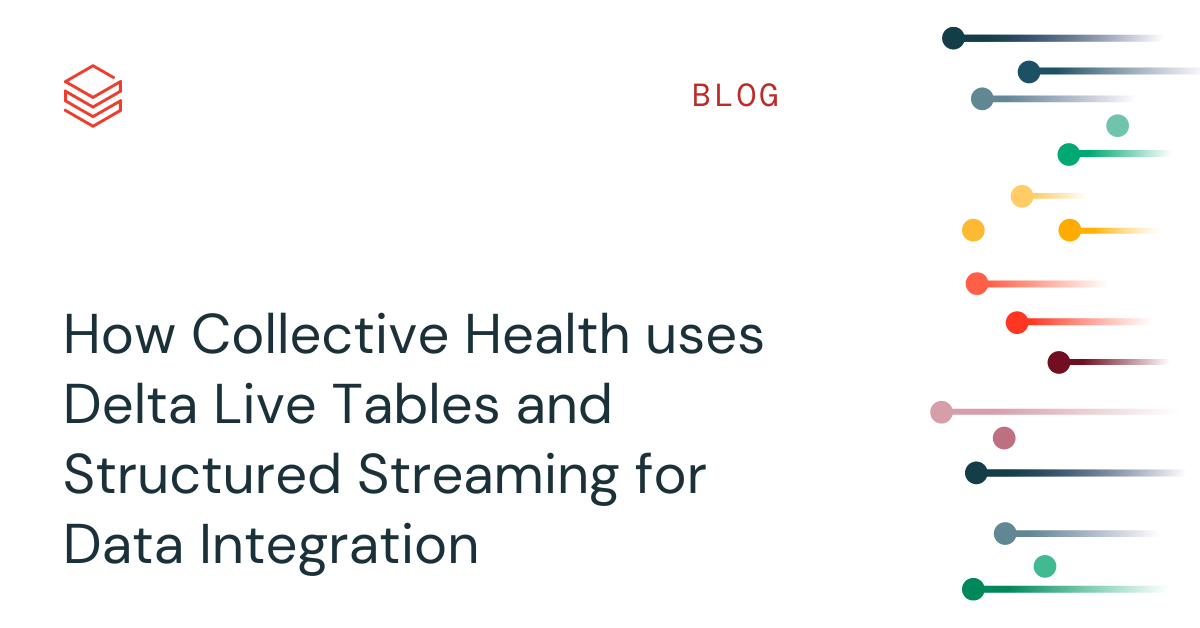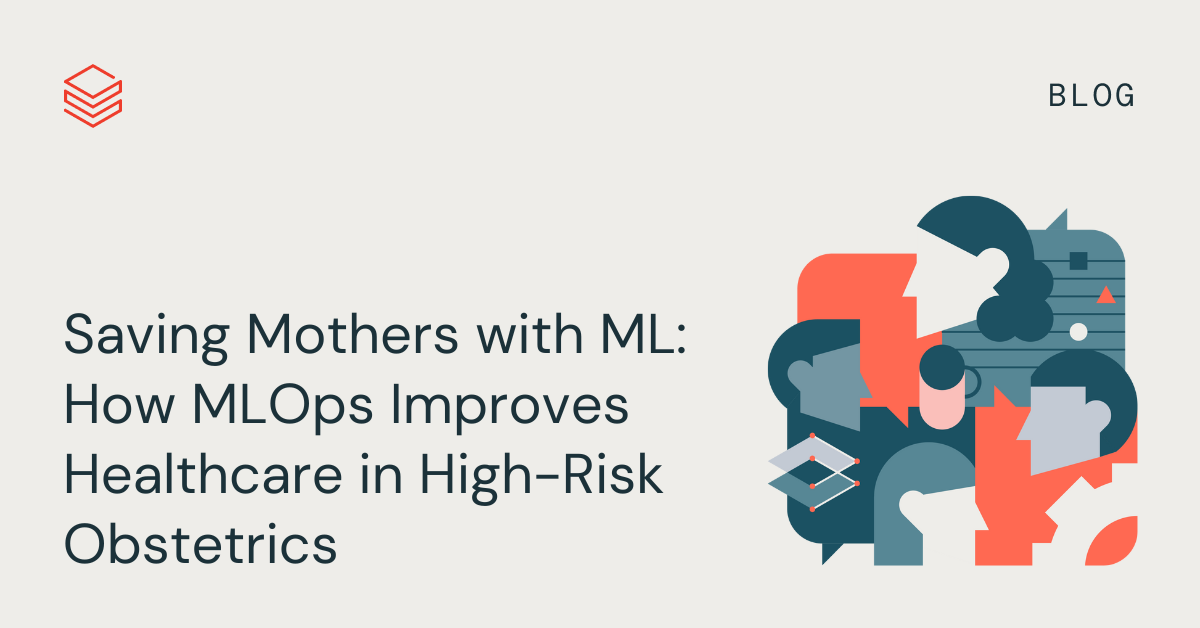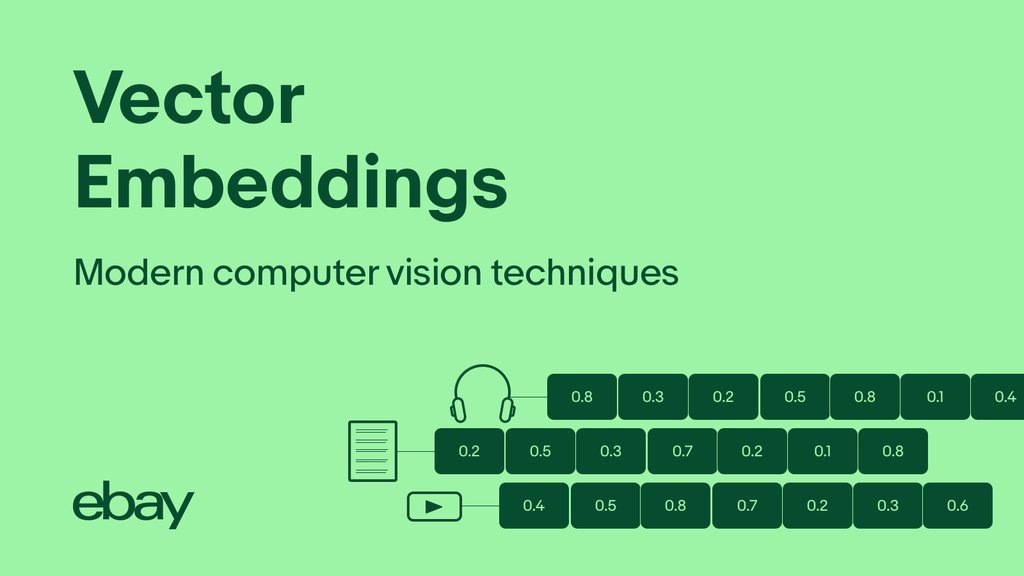Message Center – Redesigning the messaging experience on the Grab superapp
Since 2016, Grab has been using GrabChat, a built-in messaging feature to connect our users with delivery-partners or driver-partners. However, as the Grab superapp grew to include more features, the limitations of the old system became apparent. GrabChat could only handle two-party chats because that’s what it was designed to do. To make our messaging […]
Continue Reading








